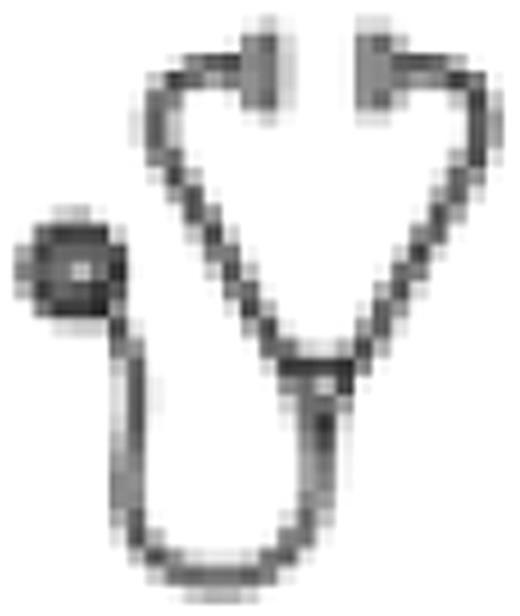Abstract
Abstract 4007
Refractory cytopenia in childhood (RCC) is the most common subtype of childhood MDS. It is characterized by persistent cytopenia with <5% blasts in bone marrow (BM) and <2% blasts in peripheral blood (PB). Since most children with RCC have a hypocellular BM the distinction from aplastic anemia is critical; in this respect, definition of RCC should follow established criteria (WHO classification 2008). Most patients with RCC are either referred to hematopoietic stem cell transplantation (HSCT) or immunosuppressive therapy (IST) shortly after diagnosis. However, for patients with RCC and a normal karyotype, who are neither transfusion dependent nor neutropenic, a watch and wait strategy has been suggested by the European Working Group of MDS in Childhood (EWOG-MDS) (Kardos, Blood 102:1997, 2003). The study presented here was designed to examine the long-term clinical course of these children. Eighty-nine consecutive children with RCC and normal karyotype enrolled in the prospective observational studies EWOG-MDS 98 and 2006 (Clinical Trials.gov Identifier: NCT00047268 and NCT00662090) diagnosed between July 1, 1998 and December 31, 2009 who received neither IST nor hematopoietic cytokines within 6 months from diagnosis of RCC were analyzed. Median age at diagnosis was 10.3 years (1.1 - 17.0). At presentation, most patients were thrombocytopenic with a median platelet count of 42,500/μl (range 3,000 - 396,000). Median WBC was 3,200/μl (800 - 12,500), median absolute neutrophil count (ANC) 945/μl (96 – 5,740), median hemoglobin 9.5 g/dl (4.0 - 14.4), and median MCV 97fl (69 - 118). Within 6 months from presentation, at least 1 BM biopsy was performed in 85 % of patients, 2 or more biopsies in 46% of children. Eighty-four percent of children with RCC had hypocellular BM, while a normo- or hypercellular BM was recorded in 16% only. With a median follow-up time of 3.6 years (0.5 - 10.8) disease progression to refractory anemia with excess blasts (RAEB) or development of an abnormal karyotype was noted in 3 patients only. All events occurred early during the clinical course. One patient acquired monosomy 7 with an additional aberration at 1.0 year from diagnosis, progressed to RAEB in transformation (RAEB-T) 2 months later and relapsed following HSCT. In a second patient trisomy 8 was noted at time of HSCT, 3.0 years from diagnosis, he died due to GVHD. A third patient progressed to RAEB in the absence of karyotypic evolution at 1.3 years from diagnosis, he is alive following HSCT. At time of analysis, 51 (57%) patients remained in a watch and wait strategy, while 38 (43%) had been given HSCT (N=34), IST (N=2) or IST followed by HSCT (N=2). The cumulative incidence of therapeutic interventions at 5-years was 48% (37- 62). Apart from the 3 cases with progressive disease/karyotype evolution, indication for therapy was worsening cytopenia. In summary, 5 years from diagnosis, the probability of overall survival for this cohort of 89 patients was 97% (91 - 100), the cumulative incidence of karyotypic evolution or progression to advanced MDS 4% (1.4 – 13). A watch and wait strategy for patients with RCC who are neither transfusion dependent nor severely neutropenic is a reasonable option and does not seem to unfavorably affect future therapeutic interventions.
No relevant conflicts of interest to declare.

This icon denotes a clinically relevant abstract
Author notes
Asterisk with author names denotes non-ASH members.

